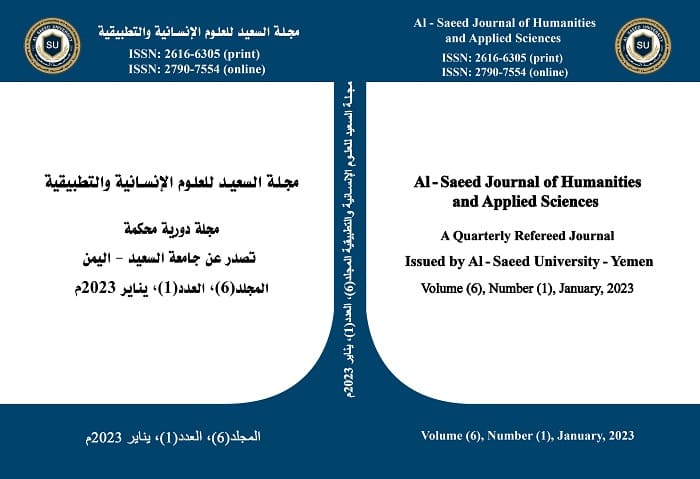Concept of Tangent Line Among First Year Students of Mathematics Department - Faculties of Education - University of Aden
DOI:
https://doi.org/10.59325/sjhas.v6i1.121Keywords:
concept, tangent line.Abstract
This research aims to investigate the level of knowledge of the concept of tangent line among first year students of mathematics departments – faculty of education - university of Aden and their concept image for this concept. Study sample consists of (11) students of first year of mathematic department – faculty of education- Aden. The researcher used the descriptive analytical method. For the purpose of the research the researcher used a questionnaire prepared by (Biza, et,al., 2008) to investigate students' knowledge of tangent line . The research shows weakness of students' knowledge of tangent line, confused and incomplete concept image of the tangent line. The research recommends focusing on the general definition of tangent line, and avoiding shortcut definitions, mending the cognitive gaps of learning the concept of tangent line of first year students by additional teaching and learning activities. Also the research recommend to implicate shuffles to the content of tangent line in secondary school mathematics text books while development process of the curricula, so these shuffles include clear and deep introduction of the tangent line concept.
Downloads
Published
How to Cite
Issue
Section
License
copyright is retained by the authors. Articles are licensed under an open access Creative Commons CC BY 4.0 license, meaning that anyone may download and read the paper for free. In addition, the article may be reused and quoted provided that the original published version is cited. These conditions allow for maximum use and exposure of the work.



